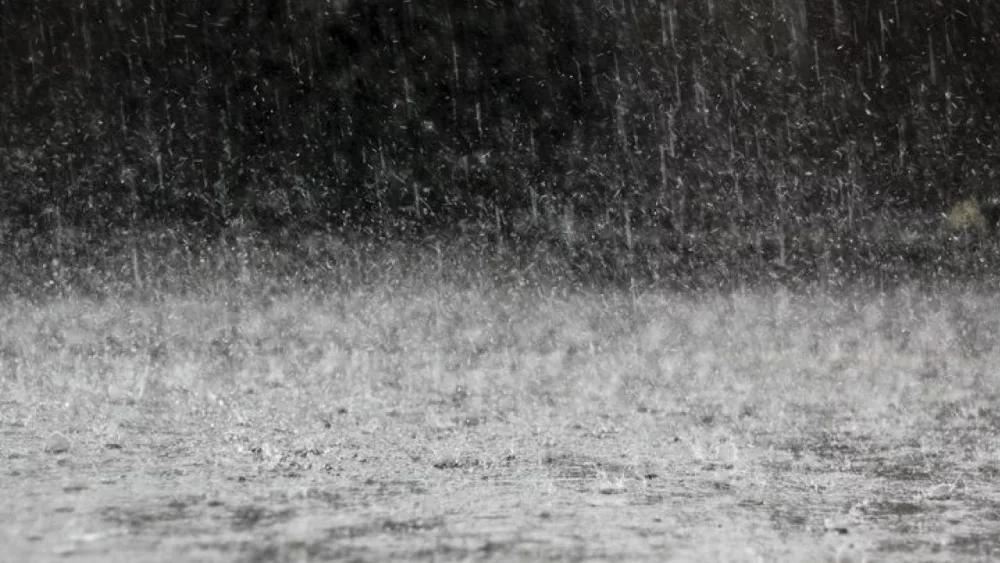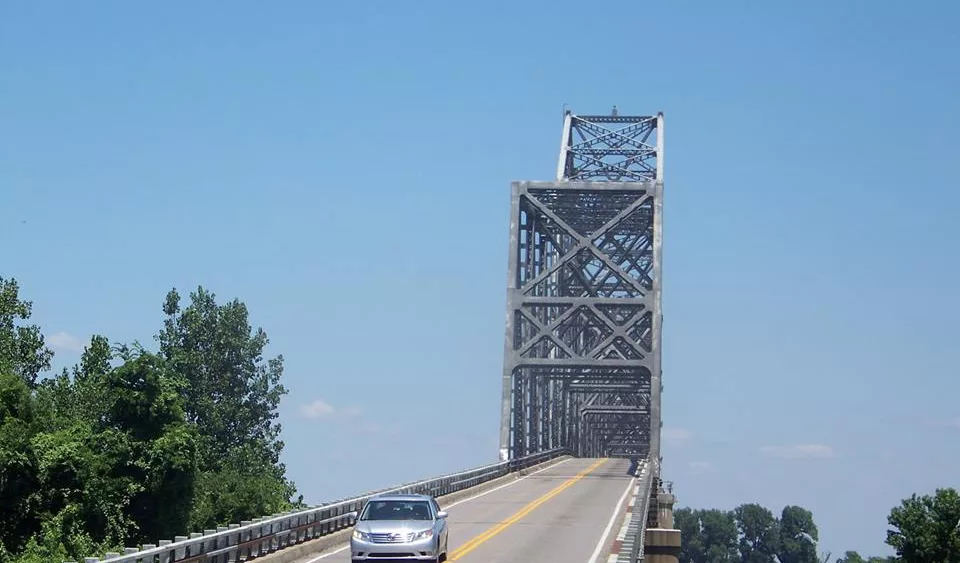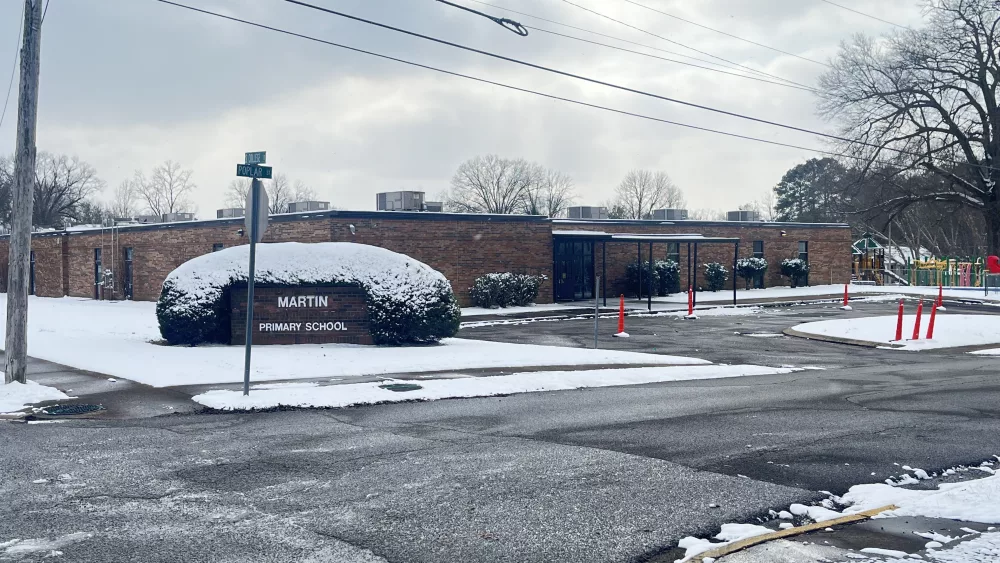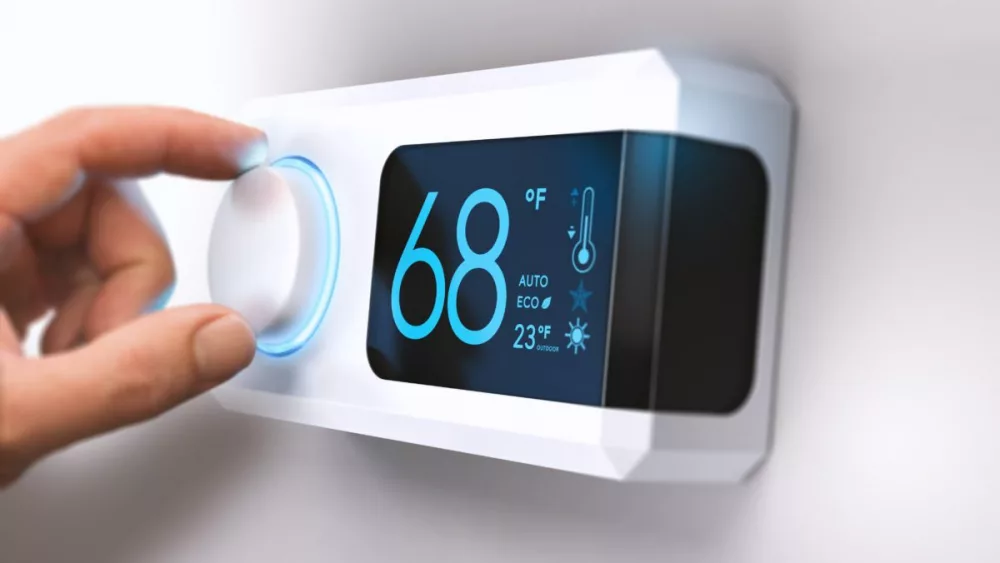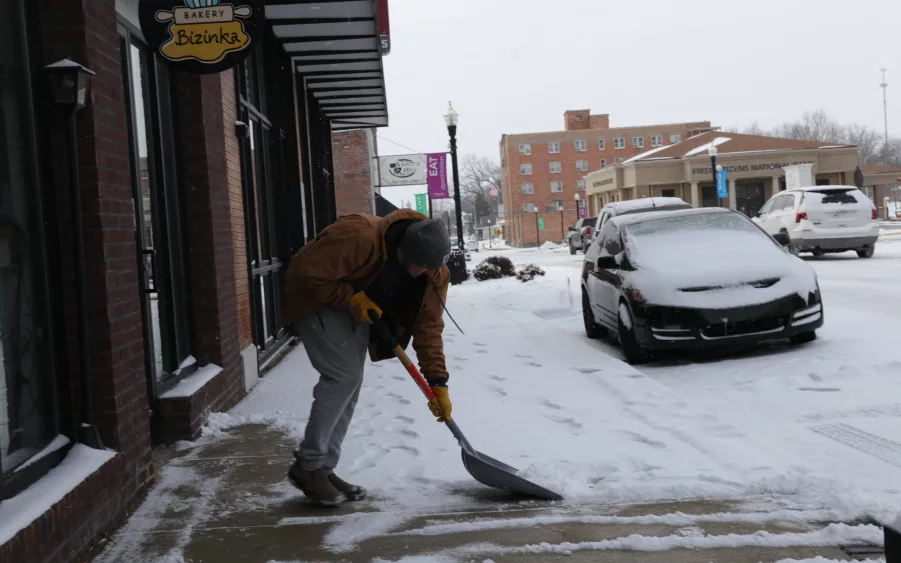
Megan Cooper, spokeswoman, AAA – The Auto Club Group says “If you must drive during or immediately after a storm, please be sure to adjust your driving habits.”
Ways to Avoid Common Mistakes when Driving in the Rain
- Turn your headlights on so you can see and be seen by other drivers.
- Slow down. New tires can still lose some contact with the roadway, even at speeds as low as 35 mph.
- Increase your following distance. Wet roads require more time to slow down and stop.
- Do not use cruise control. The chance of losing control of the vehicle increases when used on wet roads.
- Avoid hydroplaning by driving in the tracks of the vehicle in front of you and letting off the accelerator when approaching puddles. Also avoid hard braking or sharp turns.
- Never drive through standing water. It may be deeper than you think and concealing potholes, downed power lines, or other hazards that could damage your vehicle.
When Visibility is Low
Do not drive with your hazard lights on. Hazard lights are meant to signify that your vehicle is disabled. Using them while driving could confuse other motorists.
Get off the road. When driving on city streets, pull into a safe place like a gas station or grocery store parking lot to wait out the storm.
Take the nearest exit. When driving on the interstate, don’t just stop on the shoulder or under a bridge. If your visibility is compromised, other drivers may be struggling too.
If Your Vehicle Stalls in Rising Waters
- Do not attempt to restart the vehicle.
- Escape the vehicle immediately and move to higher ground or a safe location.
If Rising Water Surrounds your Parked Vehicle
- Do not attempt to restart the vehicle.
- Do not open the door until the water level is beneath the door jam.

